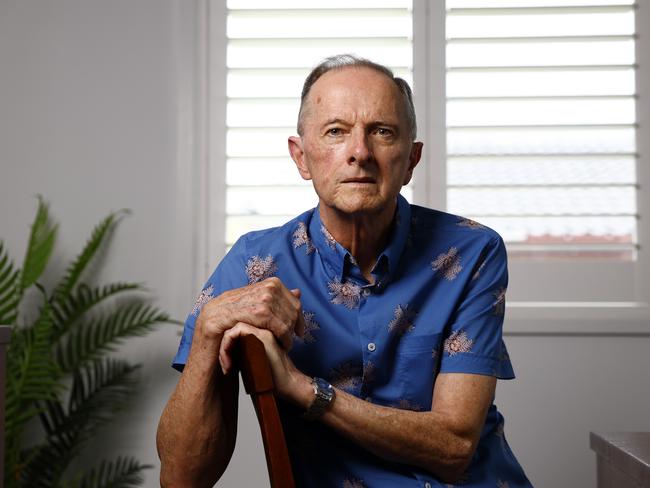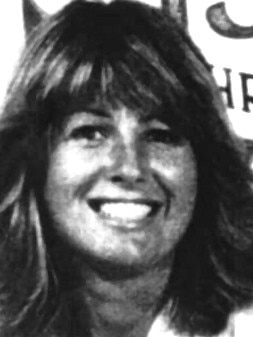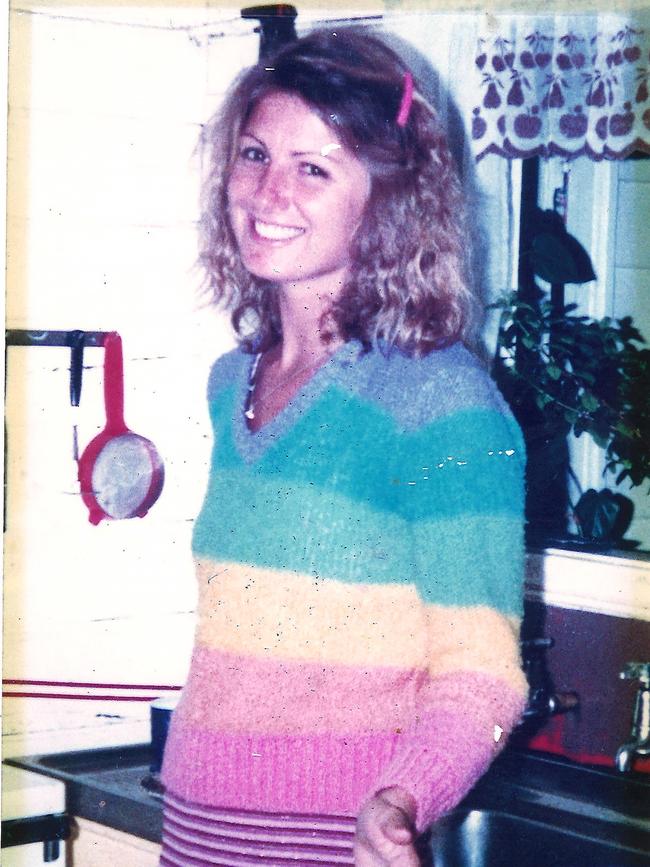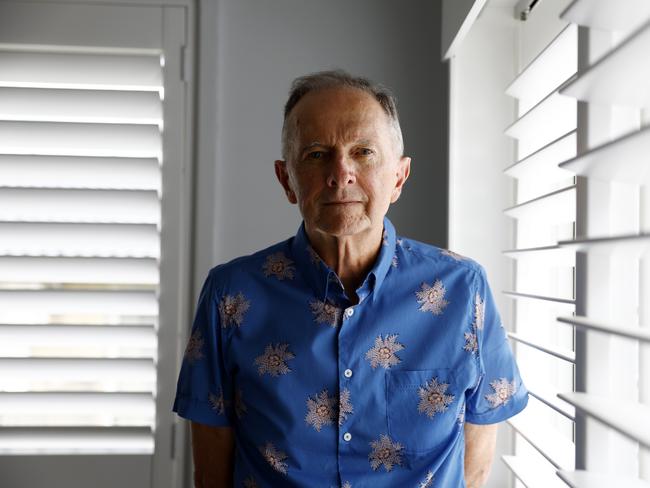35 years of agony: Susan Kiely’s family are still seeking answers
Susan Marie Kiely disappeared from a town on the NSW north coast 35 years ago, never to see her two daughters again. Her family is still desperate to know what happened to her.
NSW
Don't miss out on the headlines from NSW. Followed categories will be added to My News.
When 33-year-old Susan Marie Kiely disappeared without a trace from Bellingen on the NSW north coast 35 years ago, leaving behind two young daughters, her body was never found.
Now her family hopes calls for a new taskforce to investigate the cases of more than 60 missing or murdered women on the state’s north coast will reignite a search for answers.
The Daily Telegraph revealed in October that Susan was one of dozens of women who were murdered or went missing between Newcastle and Byron Bay over a 32-year period from 1977 to 2009, and whose cases were never solved.
Susan’s older brother Gary Kiely told The Daily Telegraph that while there were multiple possibilities as to what happened to her on December 1, 1989, the day she went missing, he could not discount fears she was picked up by an unknown killer.
“She hitchhiked often – I shudder when I think she used to hitchhike back then,” he said.
“It certainly does prevail in my mind too that some mongrel could have attacked her out of the blue.
“There are so many different things that could have happened to her.
“One thing is for certain, she never ran off on her children, she would never ever leave her daughters like that.”
The coroner’s inquest into the disappearance only took place 21 years later in 2010, finding that Susan had likely died on that December day, but that there was no evidence as to how she died and who was responsible.

The court heard that on the morning of her disappearance Susan saw her eight-year-old daughter on to the school bus at 8.30am. It was the last time the young girl ever saw her mother.
Later she was picked up hitchhiking by local residents in “good spirits”. She told them she was on her way to town and planned to spend the day with friends.
After visiting a friend’s place in Bellingen sometime between 11am and 1.30pm, she left to go to the bank. Another friend believed she was on her way to the bank and then the pub.
She was never seen again and never accessed her bank account.
A week later, she was reported missing by her former husband, Robert Smith.
During the 2010 inquest, it was heard that police had investigated Mr Smith as a potential suspect, due to the couple’s divorce four months earlier, resulting in Susan seeking full custody of both her daughters. Her oldest daughter was 11 at the time of her mother’s disappearance and living with Mr Smith.
The inquest also heard that there had been a history of domestic violence and that Mr Smith had made verbal threats against her life. Yet, the coroner said he did not believe her ex-husband was responsible for her death.
Another theory that police looked into at the time of her disappearance, was whether Susan had overdosed on drugs while with friends and they had disposed of her body. Despite assertions she was known to use cannabis, alcohol and amphetamines, the coroner found there was no evidence to support the rumours.


At the inquest, one of Susan’s friends, Anne Fitzhenry, claimed she was murdered over information she knew about the death of Bellingen man Darrel Drabsch, who had died in a car accident in 1989. Ms Fitzhenry said Susan had believed Mr Drabsch had been murdered and knew who it was, but no proof of foul play was ever discovered.
Mr Kiely said the circumstances around Susan’s disappearance and the subsequent investigation continued to fracture the family. When their mother died in hospital at the age of 96, Mr Kiely said, her final wish was to see her daughter in heaven.
“It’s an utterly devastating experience and a totally ongoing tragedy to this day,” he said.
“Every time I turn the news on in the morning and I hear a body has been found in NSW somewhere, I always think ‘Is that Susan?’ and, in some respects I pray that it is.”
Mr Kiely described the original investigation around Susan’s disappearance as “hapless and hopeless”. The presiding coroner, magistrate Scott Mitchell, agreed in the 2010 inquest.
Mr Mitchell described the police reaction to reports that Susan was missing as “quite inadequate”, “unsystematic and unscientific” and “below standard”.
Yet despite the coroner’s scathing assessment of the original investigation, limited police resourcing has seen further investigation come to nothing, leaving Susan’s family with no answers about her fate.
Mr Kiely has written multiple letters to a succession of police commissioners, searching for answers.

In a response from police in 2019, Mr Kiely was told the case would be looked at again.
“That gave me hope and stupidly I believed it,” Mr Kiely said.
“Finally it got to Christmas last year and I said here we go again, another Christmas not knowing what happened to Susan.”
After receiving no communication from police after five more years, Mr Kiely in desperation wrote to Commissioner Karen Webb in January 2024 requesting an update.
He was subsequently told that while the case was still active, there were limited resources to reinvestigate Susan’s disappearance.
“Because the coroner’s report was scathing of the police investigation, I thought then, at the higher levels, something must happen, someone must read it and I would have had some police contact – but we got nothing,” he said.
“Susan was in the prime of her life.
“I’m losing hope I will ever find out what happened to her.”
NSW upper house MP Jeremy Buckingham, who requested the initial list of missing or murdered women from police, has been lobbying for a new taskforce to investigate the decades-old cases, amid concerns some of them may be linked.





